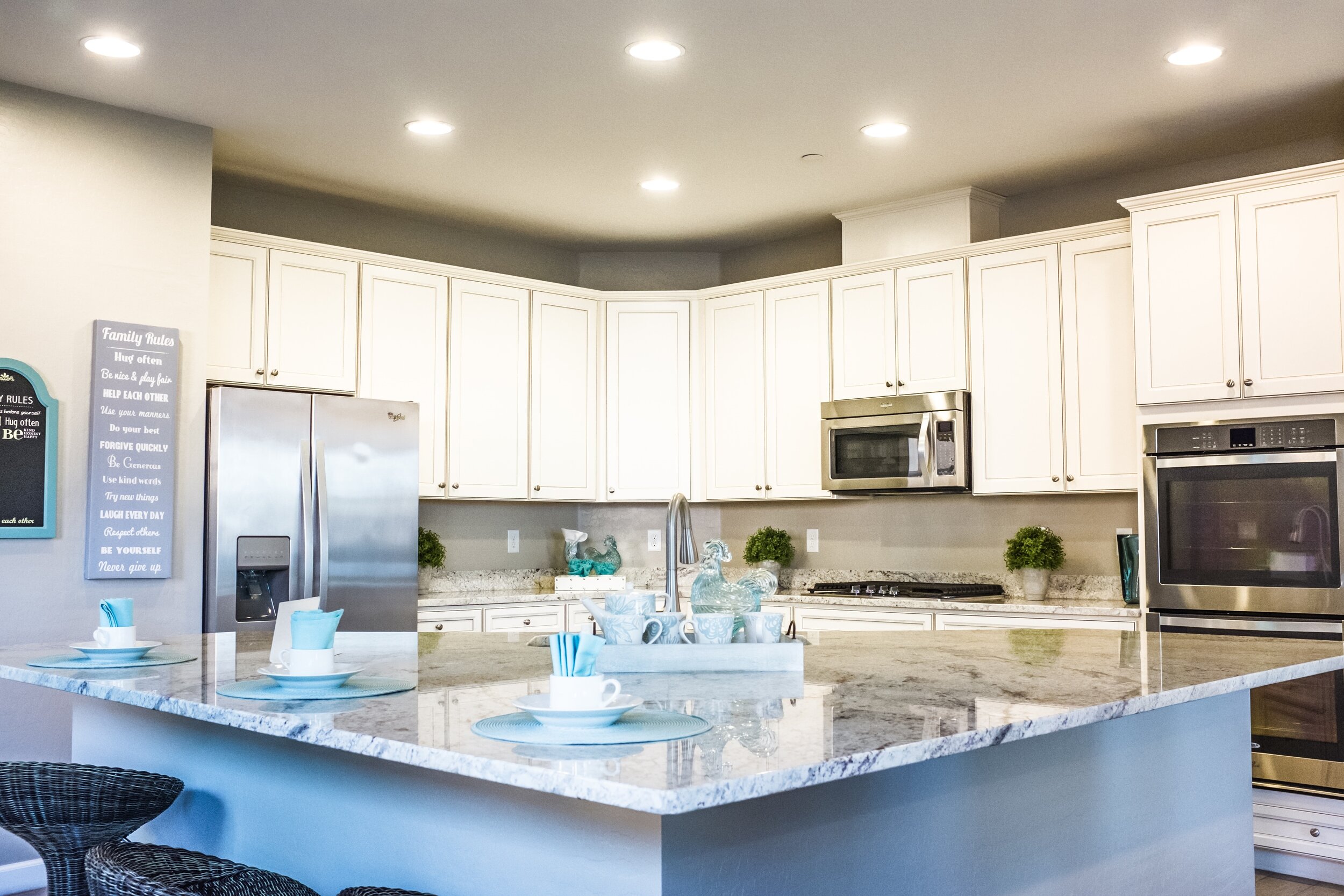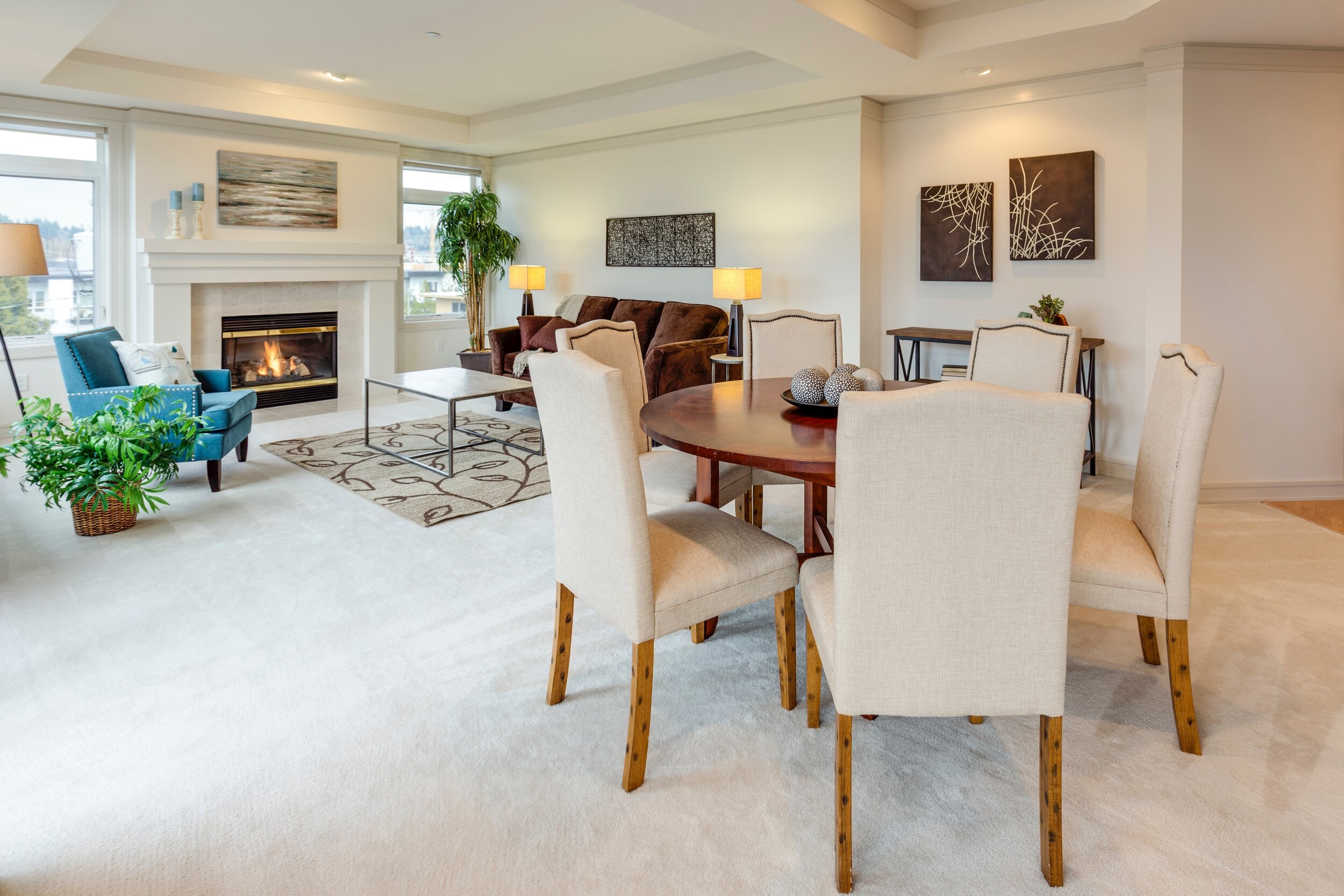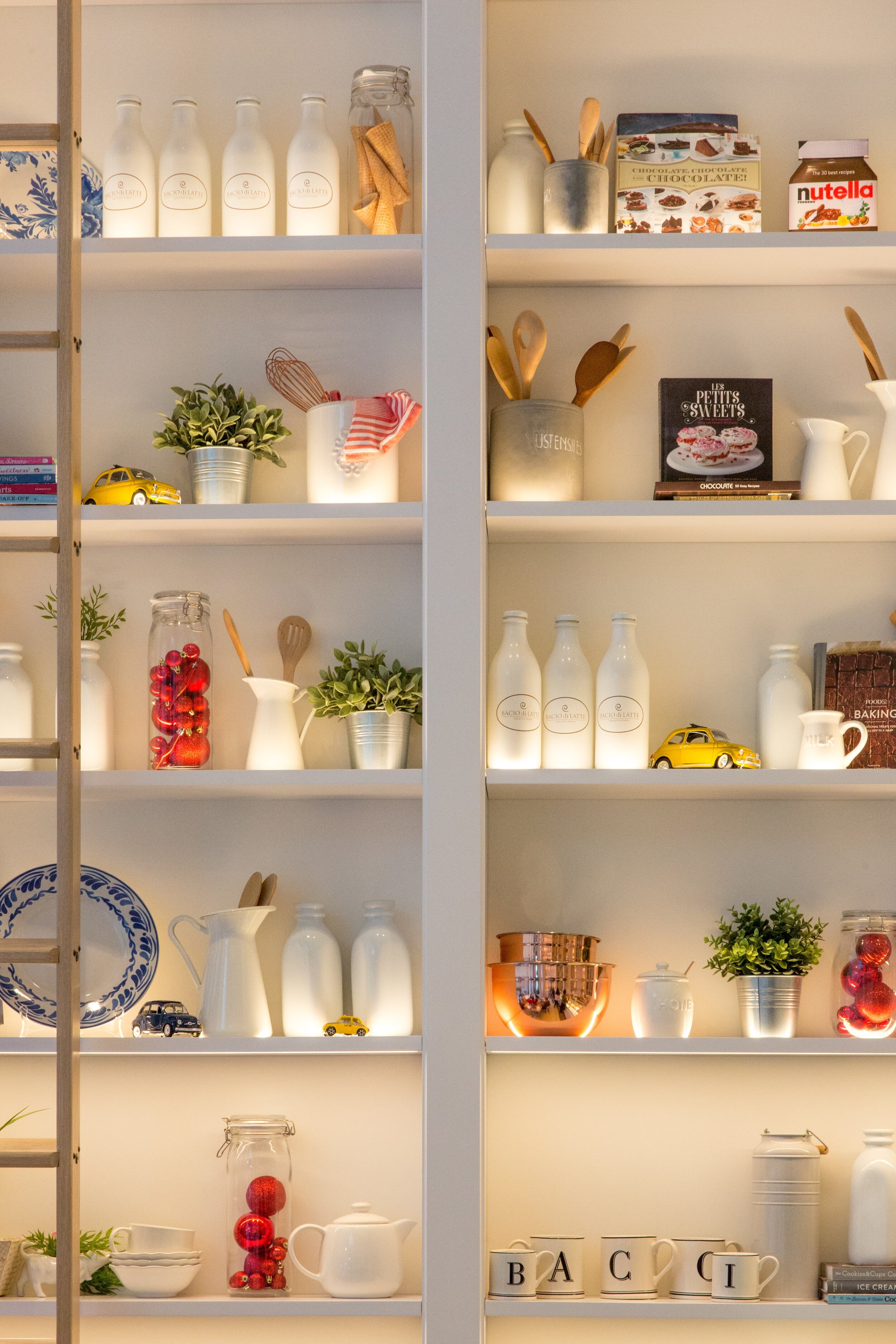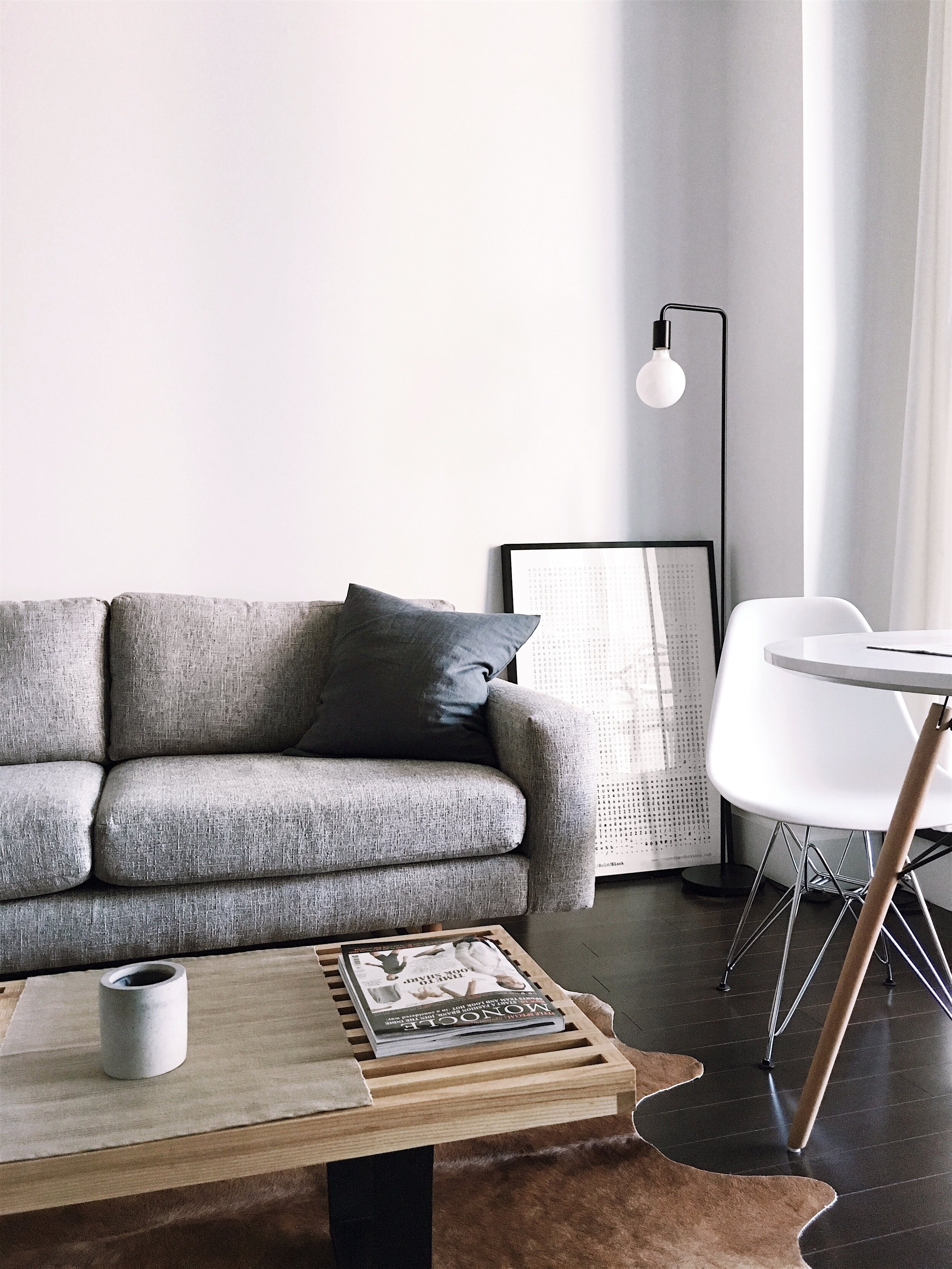Lighting is the First Priority for a Great Room Design
When we started the renovation process for our circa 1905 historic home I knew that the first thing I needed to address was the lighting – or lack thereof! Of course older homes are notorious for poor lighting, but honestly most homes that I encounter as a professional interior designer could use a lighting upgrade, even if they aren’t that old!
Fortunately for me (my husband might disagree) we needed to completely demo EVERY ceiling during our own renovation. This was partially due to all the holes left by the previous owner when it was turned into a commercial property and a drop ceiling was added. But the other reason for the complete demo and overhaul was due to our need to upgrade all of the electrical wiring because outdated and dangerous Knob & Tube wiring was hidden everywhere, not to mention a few other significant surprises along the way.
Because I had a clean slate I could really focus on one of my favorite aspects of interior design – good lighting! I’m what some might call a ‘Lighting Nerd’ so I took full advantage of the opportunity to add different types of light and different light sources, so that I could use my own home and studio as a virtual living showroom for my clients. I approach every lighting plan, even for my own home, with the same basic principles.
LAYERED LIGHTING
The most common mistake people make when lighting their own home is thinking that they only need one type of light source. Whether it’s recessed ceiling fixtures or table lamps, using only one type of lighting will leave your space feeling either too public or too private. What you really need is a lighting type for every function in your space. If you really think about all the different things you do in a room, that will help you consider the different light fixtures you’ll need, and the different level of light needed for each task.
When you are merely walking through a room you can get by with lower light levels than if you are trying to read, cook, or do homework. And if you are watching TV you certainly don’t need as much light as you would if you were cleaning.
If you think about where the beam spread of the light source extends you can also imagine the different light levels you might want at different heights. Think about it: a recessed fixture in a nine foot ceiling needs to be extremely bright and strong to be a good task light. Here’s a quick rule of thumb to add at least two or three of these different types of lighting into your rooms whenever possible.
General Illumination or Ambient Lighting: Recessed cans or a ceiling mount fixture
Task Lighting: Table lamps or pendants over an island or desk surface
Architectural Lighting: Directional recessed fixtures for accenting a fireplace or cabinetry
Specialty Lighting: LED cove or in-cabinet lighting
The best plan will incorporate an abundant mixture of different types of light that can be controlled to fit every function!




